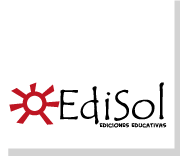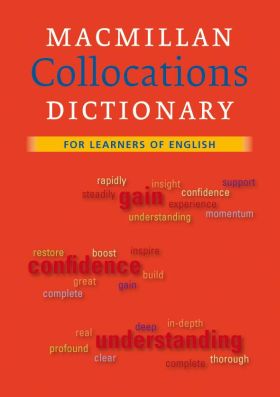

Macmillan Collocations Dictionary

A two-colour dictionary of collocations written to help upper intermediate to advanced students write more natural and idiomatic English.
With the Macmillan Collocations Dictionary you can be sure you are mastering the English language as it is in use today.
- Collocations presented for over 4,500 carefully selected key words
- Focuses on students’ productive needs
- Within each entry, collocations are grouped in semantic sets
- Special focus on collocations frequent in academic and professional writing
- Incorporates examples for each semantic set to show how collocations are used in context
- Easy-to-use layout with all headwords printed in red
Usage boxes with grammatical notes, synonyms and alternative expressions
- Ideal for IELTS
What are collocations and why are they important?
Collocations are words that are often used together, such as utterly fascinating or concerted effort. They can be difficult to learn because they are not always predictable, and a collocate for one word does not always work as a collocate for a near synonym of that word. For example, we don’t say utterly interesting, nor do we say hard effort or voice a worry.
Collocation is a central feature of language and being able to produce natural word combinations is an indication of fluency. Collocation also contributes to meaning. Most common words have more than one meaning, and we use the surrounding context to indicate which meaning is intended. Collocation plays a big part in this process.
What types of texts are used in the corpus?
The dictionary derives its information from a two billion-word corpus using leading-edge software. Examples of English have been gathered from:
- academic discourse
- print and broadcast journalism
- fiction
- recorded conversations (including telephone calls)
- recorded business meetings
- general non-fiction
- answerphone messages
- emails
- cultural studies texts
Introduction by Editor-in-Chief, Michael Rundell
To produce the Macmillan Collocations Dictionary, we have used a corpus of almost 2 billion words, with state-of-the-art software to identify key collocations. But what makes it special is not just the data it is derived from, but its clear focus on students’ productive needs. We don’t just ask: ‘Do these two words often go together?’ but ‘What meaning do you want to express, and what is the most natural and typical way of doing it?’.
For example, the adjective that goes most often with argument is ‘strong’. But you wouldn’t say ‘I had a strong argument with my boyfriend last night’. People have heated arguments or even big arguments when they’re quarrelling with one another. But strong relates to the other meaning of argument: you can say there are strong (or convincing or compelling or persuasive) arguments for using interactive whiteboards. What matters is the meaning you want to convey – and this is where the Macmillan Collocations Dictionary provides all the help you need. Whether you’re having a blazing row or arguing forcefully for your point of view, the dictionary gives you the tools to pick the best combination with confidence.
Nivel: Upper-Intermediate to Advanced
ISBN code: 9780230724037
Editorial: Macmillan Publishers







